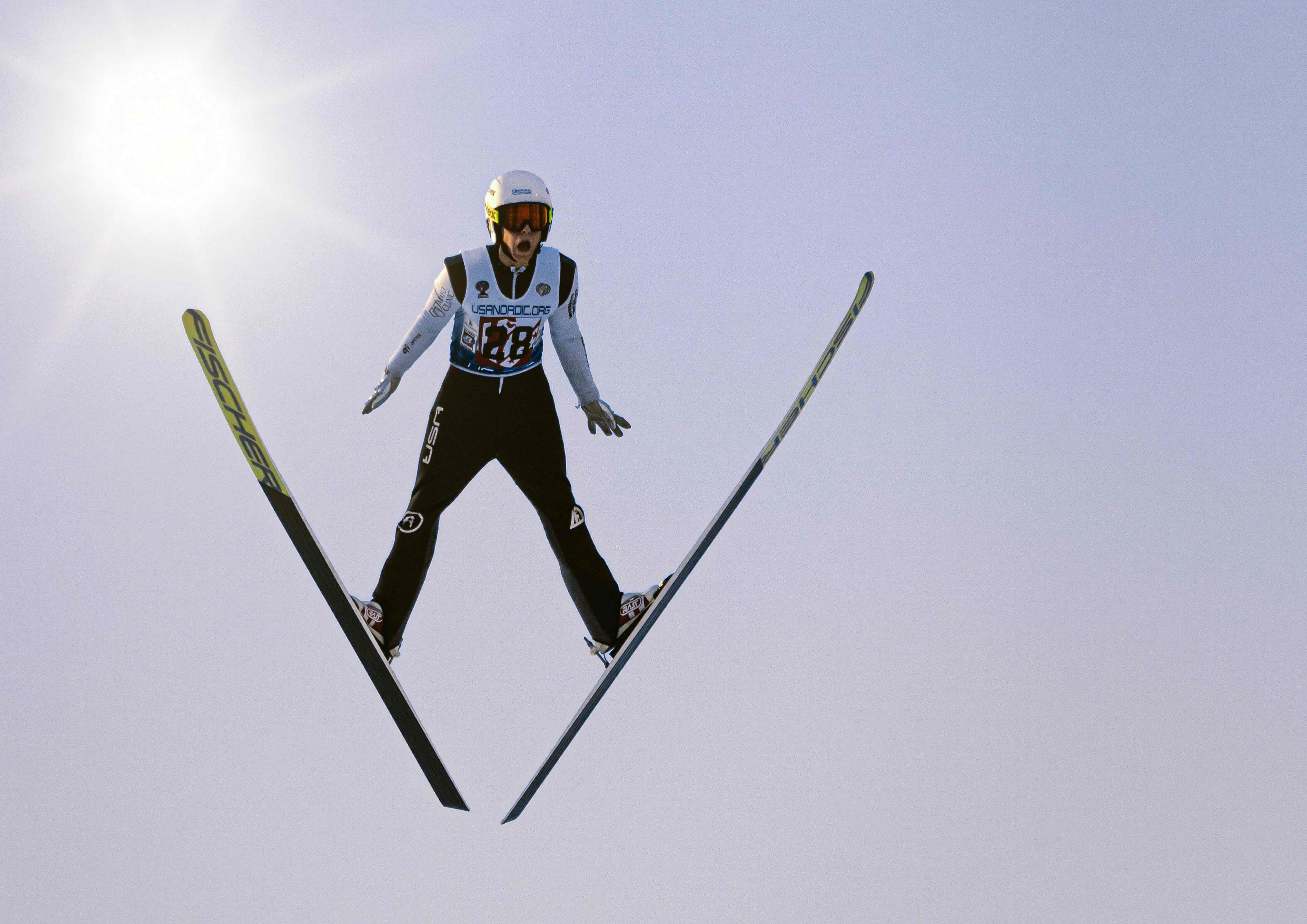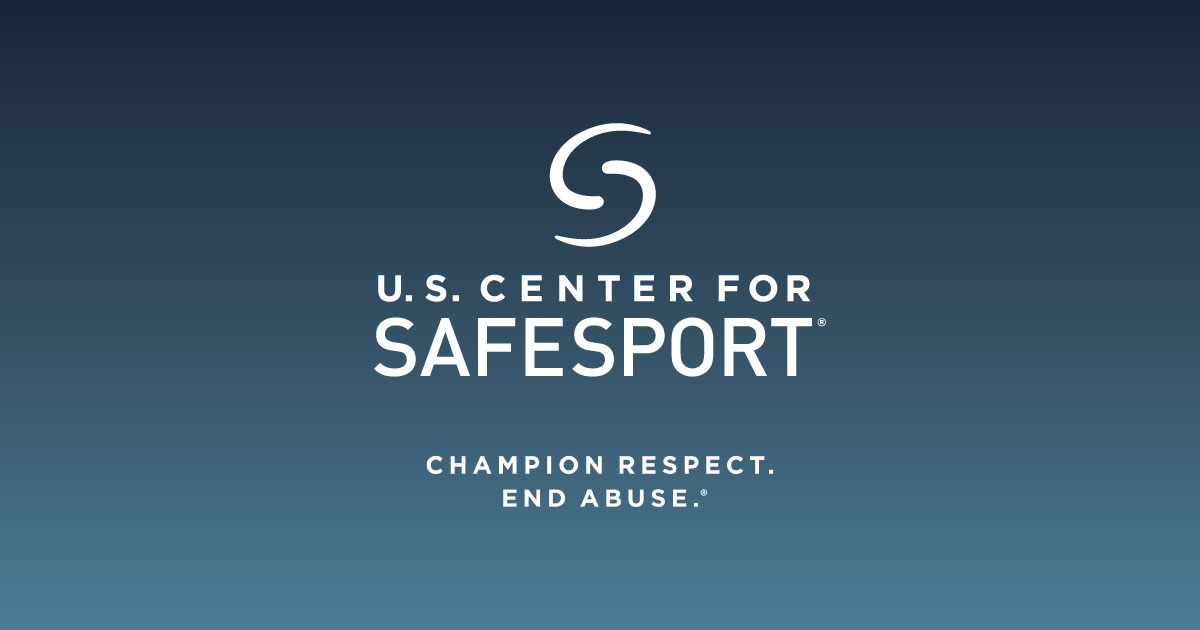
Human trafficking is defined as the recruitment, transportation, transfer, harboring, or receipt of people through force, fraud, or deception to exploit the individual for profit (United Nations: Office on Drugs and Crime, n.d.) When we think of the epidemic of sex trafficking, we may not consider that this is happening in our local neighborhoods and communities. In reality, men, women, and children of all ages, genders, and backgrounds can become victims of this crime, which occurs in every region of the world (United Nations: Office on Drugs and Crime, n.d.). As the second largest criminal activity in the world, human trafficking is a $150 billion industry (Lapchick, 2019). Lesser talked about – how human trafficking and the world of athletics are connected.
At #WRT, we create direct, honest, and informative posts. We aim to let people know what is going on in terms of sports and broader social contexts to raise awareness regarding the global mistreatment of athletes in sports. This post is no different. We intend to highlight a prevalent issue in sports and any consumer industry: trafficking.
At large, data shows that more individuals are trafficked at sporting events as consumer activity increases: in 2017, a total of 750 arrests were made in relation to trafficking activity during the weeks leading up to the Super Bowl alone (Lapchick, 2019). This begs our attention to consider the dynamics of trafficking and how we can all play a role at sporting events by being safe, active bystanders. Remembering this with upcoming world events, such as the Tour de France and the Paris Olympics, is important. If we see something, we must say something.
Moreover, athletes themselves can be victims of human trafficking…
“The US Department of State included trafficking in sports for the first time in their 2020 TIP Report, and estimates that 'within Europe’s soccer industry alone, it is estimated there are 15,000 human trafficking victims each year', mainly from West Africa.” (Journal Christus Liberat., 2024). We must be aware of labor migration for the trafficking of persons in sports and the abandonment many face when moved to a new country for false promises and left without any personal documents or resources.
One of the most notorious examples can be seen in the West African Football community: “After giving funds to an intermediary claiming to have contacts with professional football clubs abroad, a young player does indeed obtain a contract or trial with a club, albeit of an exploitative nature.” (Esson, 2020: 1). This example illustrates how the agency will sign players to exploit them for undisclosed gains.
On the other hand, there are some scenarios where the initial alleged interest from an overseas club is fictitious, leaving the player deserted upon arrival to the foreign country without any means or documentation (Esson, 2020). Once the deception has been realized and the reality of their aspirations has been conned, the players are subjected to such personal shame that they are afraid to return home (Esson, 2020).
No different than any other sexual abuse case, victims of trafficking may face victim blaming and disbelief around the legitimacy of their claim. This is because the involved youth are perceived as complicit in their predicament (Esson, 2020). This emphasizes the notion of perpetrators taking advantage of vulnerable individuals and the consequences falling on the victim.
Additionally, trafficking and sports have gained attention in Europe as athlete John-Michael Lander disclosed the trafficking he was subjected to while going on to win gold medals at the Norwegian and Danish Cups (Spectrum News, 2023). Here, we see how a professional group used grooming tactics, power, and control dynamics to coerce Lander.
"This professional group would have these parties, and they would bring 4 or 5 young men, and check out the merchandise, so to speak," said Lander. "Then they would go into another room and have a silent auction. The bidder with the highest price for each boy would get to pick the boy they wanted. We were influenced and groomed like this was normal. This is what we had to do." (Spectrum News, n.d., 6)
These examples of trafficking in sports demonstrate how perpetrators strategically manipulate, prey on, and exploit athletes. These exploitative exchanges can go unnoticed due to the ‘give and take’ nature of athletes' relationships with their coaches and countries. Consequently, this results in some cases failing to meet the requirements of the UN’s definition of human trafficking (University of Nottingham, 2021). This is important because it further places sex trafficking victims on a hierarchy – placing the sporting victims at the base as they are not the typical or ideal victims (Taylor, 2019).
“Trafficking in the context of sport involves the sale of child athletes, usually across national boundaries and for profit.” (Brackenridge et al., 2010). We must increase our awareness and understanding of the power dynamics of sporting professionals and clubs with athletes on a global scale. As research on the convergence of sports and trafficking continues to emerge, proactive prevention measures to keep athletes and sporting communities safe are paramount. To learn more, read the Nottingham report, review Its a Penalty, or visit Human Trafficking: Fact Sheet.
Trafficking can happen in plain sight. Witnessing trafficking can be similar to witnessing grooming: our brains are not hard-wired to pick up on perpetrator cues, which can further underreporting. If you see trafficking or witness the signs of trafficking, contact the National Human Trafficking Hotline.
Sophia Tauro
Adler University Masters Student
References
Brackenridge, C., Fasting, K., Kirby, S., and Leahy, T. (2010) Protecting Children from Violence in Sport, Innocenti Publications [online]. Available at: https://www.unicef-irc.org/publications/ pdf/violence_in_sport.pdf
Esson, J. (2020) ‘Playing the victim? Human trafficking, African youth, and geographies of structural inequality,’ Population, Space and Place 26(6): pp.1–12
Journal Christus Liberat. (2024). Human trafficking in Sports. https://christusliberat.org/journal/2022/09/20/human-trafficking-in-sports/
Lapchick, R. (2019). The state of human trafficking and sports. ESPN. https://www.espn.com/espn/story/_/id/25876477/the-rise-exposure-human-trafficking-sports-world
Spectrum News (n.d.). Ex-Olympic bound athlete survived human trafficking.https://spectrumnews1.com/oh/columbus/news/2023/01/20/ex-olympic-bound-athlete-on-surviving-human-trafficking-
Taylor, J. (2019). ‘Logically, I Know I’m Not to Blame, but I Still Feel to Blame’: Exploring and Measuring Victim Blaming and Self-Blame of Women Who Have Been Subjected to Sexual Violence. https://doi.org/10.13140/RG.2.2.12986.95682
United Nations : Office on Drugs and Crime. (n.d.). Human-trafficking. https://www.unodc.org/unodc/en/human-Trafficking/Human-Trafficking.html
University of Nottingham (2021). The problem of sports trafficking: setting an agenda for future investigation and action. University of Nottingham Rights Lab. https://www.nottingham.ac.uk/research/beacons-of-excellence/rights-lab/resources/reports-and-briefings/2021/august/the-problem-of-sports-trafficking.pdf



-min.jpg)
